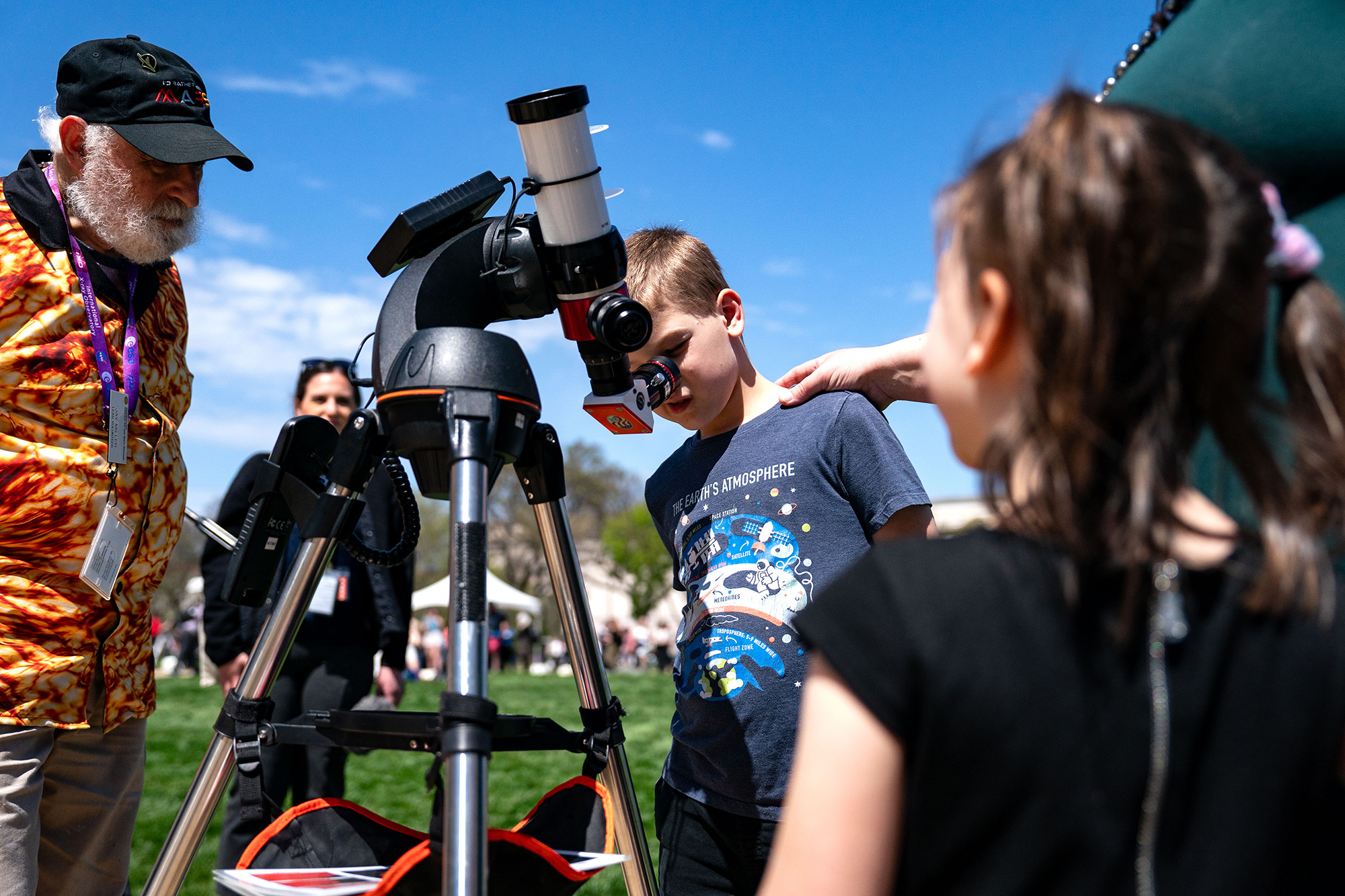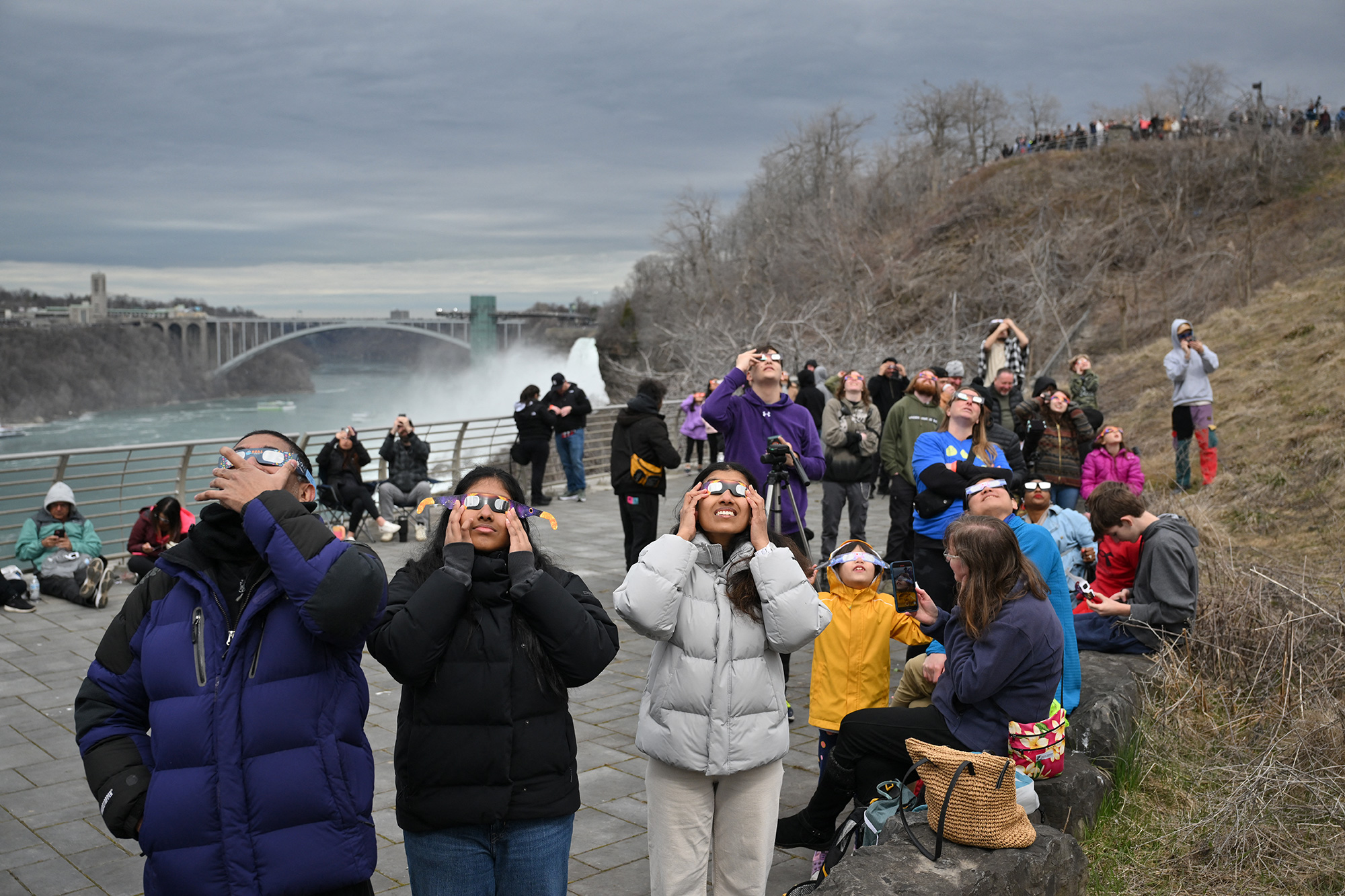Cities across the Lower 48, both within and outside the path of totality, experienced significant temperature drops as the moon obscured sunlight during the eclipse on Monday.
Weather stations began to report temperatures falling minutes after the eclipse started. Here’s a list of some of the most substantial drops reported so far:
- Carbondale, Indiana: 9 degree drop (79 to 70)
- Caribou, Maine: 9 degrees (61 degrees to 52)
- Springfield, Missouri: 9 degrees (78 to 69)
- Little Rock, Arkansas: 7 degrees (82 to 75)
- Syracuse, Indiana: 5.7 degrees (72.2 to 66.5)
- Indianapolis, Indiana: 5 degrees (73 to 68)
- Chicago, Illinois: 4 degrees (67 to 63)
- Louisville, Kentucky: 4 degrees (75 to 71)
- Burlington, Vermont: 4 degrees (64 to 60)
The eclipse also caused humidity to rise as temperatures dropped closer to the dew point, or the temperature at which air becomes saturated. Temperatures will rise again as the eclipse ends and sunlight is restored.







